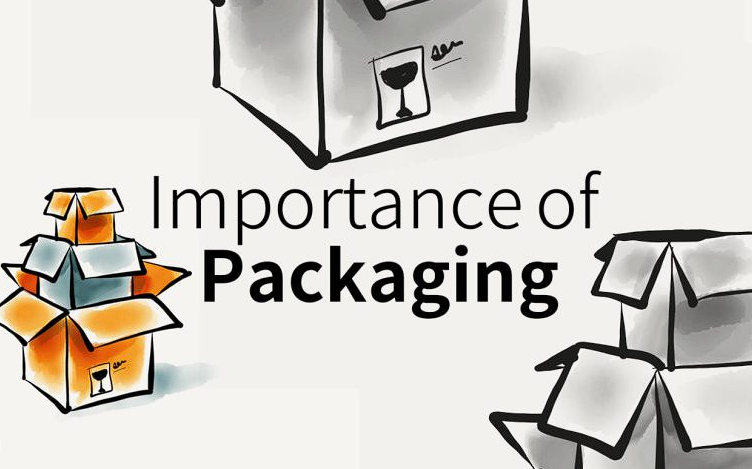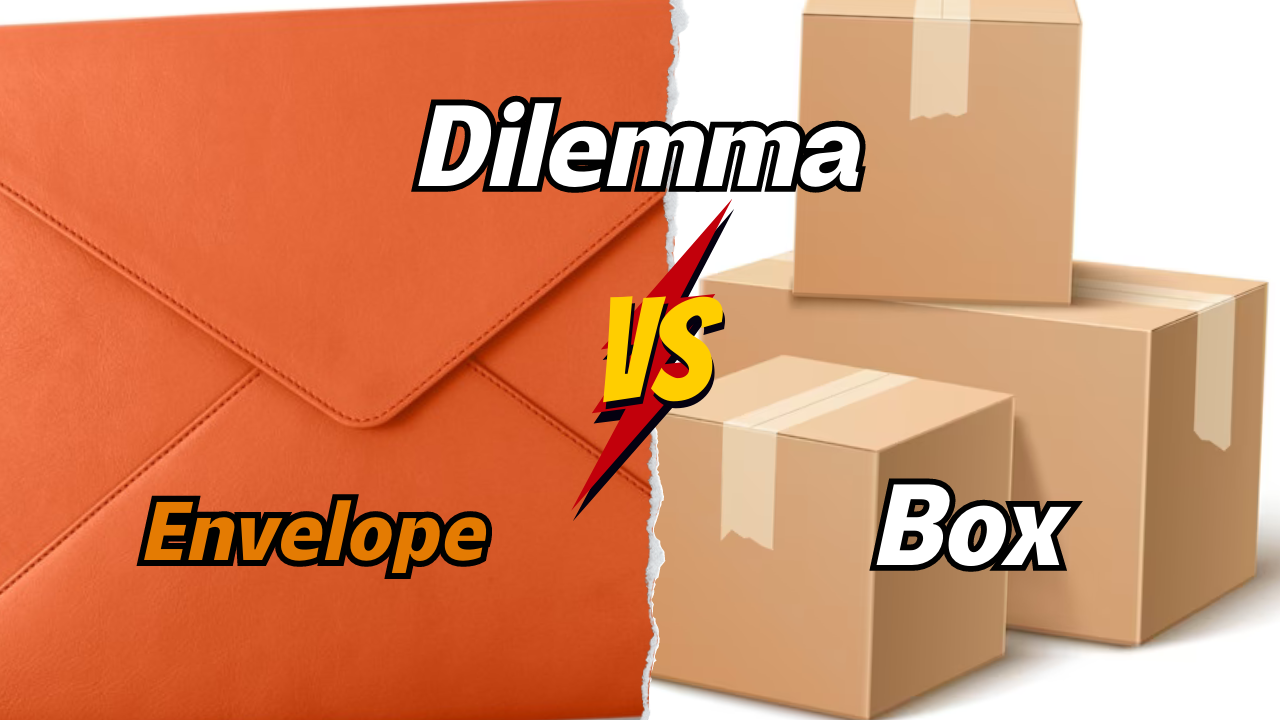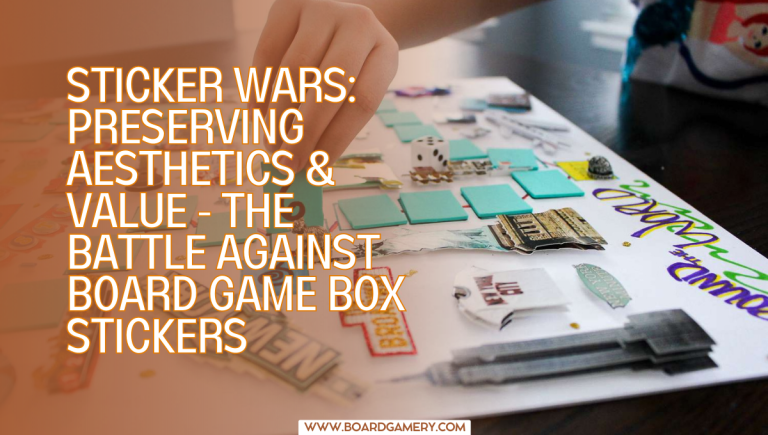Board Game Shipping Debate: Box vs. Envelope Dilemma
Shipping & Handling: The Great Board Game Dilemma
Ah, the age-old question that has haunted board game enthusiasts since time immemorial: to box or not to box? When you order a game from Kickstarter, do you cough up the extra dough for more secure packaging or opt for the cheaper yet less sturdy envelope? Some sleepless nights were spent pondering the answer to this conundrum, so today, we will unpack this controversy, one dinged-up box at a time.
The Stalwarts of the Box Camp
First and foremost, let’s give a shout-out to the folks who wouldn’t dream of receiving their precious Catan or Carcassonne in anything less than a fortress of cardboard. These are the board game purists who believe that the game’s packaging is just as important as the game itself. They argue that the added expense of boxing is not only worth it for protecting the contents of the game but also serves as a signal of the creator’s pride in their product.

Some notable voices within the Box Camp include Frank West, a board game designer who has made a name for himself not only through his game creations but also through his dedication to ensuring his products are shipped with the utmost care. Andy Mangham, the creator of the upcoming Springsign – Board Game, after careful deliberation, decided to ship his game in a box. He cites Frank West as a source of inspiration and reassurance that this is the best choice for happy backers.
The Frugal Envelope Enthusiasts
On the flip side of this cardboard conundrum, we have the envelope enthusiasts who prioritize the financial savings of ditching the box. These thrift-loving gamers argue that a dinged-up box won’t deter them from enjoying the game just as much as someone who paid extra for more secure packaging.

However, some games simply do not lend themselves well to being shipped in a padded envelope. One infamous example involved a hardcover book getting bent in half on its postal journey – a cautionary tale for anyone considering this less-secure option.
Boxed Victory?
Upon weighing the opinions of both fervent box supporters and envelope enthusiasts, one cannot deny the general consensus leans toward boxing as the safer and more popular choice. Of course, there may be exceptions for smaller and less expensive games, but for the average gamer, the peace of mind that comes with knowing their precious new game will arrive in pristine condition is worth the additional shipping costs.
Boxing also appears to be a wise choice from a customer service perspective. Addressing the concerns of customers who receive damaged games can eat away at any initial savings made by choosing cheaper shipping options. Kevin Ngo, working on the customer service side, validates these concerns and shares that proper packaging can save a creator’s time, money, and reputation.
Potential Solutions for the Frugal Gamer
Is there a middle ground for gamers who want safety and savings? One option worth exploring is the design of game boxes that qualify for flat rate shipping. By downsizing the packaging, it may still provide sufficient protection while avoiding the high expenses of oversized or irregular-sized containers.
Final Thoughts
In conclusion, sometimes the answer is clear: don’t skimp on protection for your new game. There’s a reason why boxing is the preferred choice among most Kickstarter creators and backers. While it may not be ideal for every situation, the risk of losing a game to damaged packaging is simply not worth the short-term cost savings. To our frugal friends, consider seeking out alternative shipping methods, like flat rate boxes, and always remember that no matter what your preference may be – a good game is still a good game with or without a dinged-up box.
And with that, let us all resume our board gaming adventures, secure in the knowledge that our precious cargo is boxed, sealed, and ready to be enjoyed by all.






